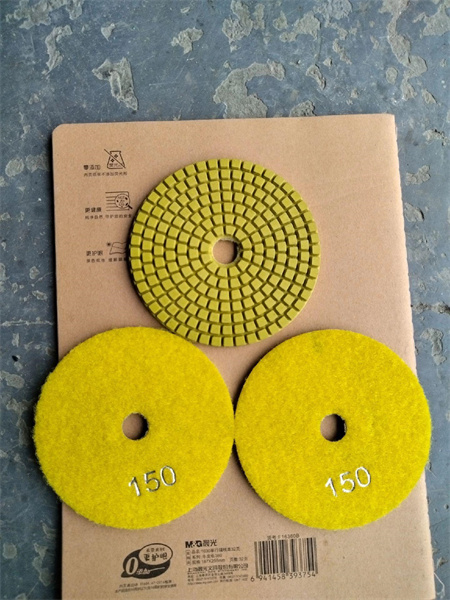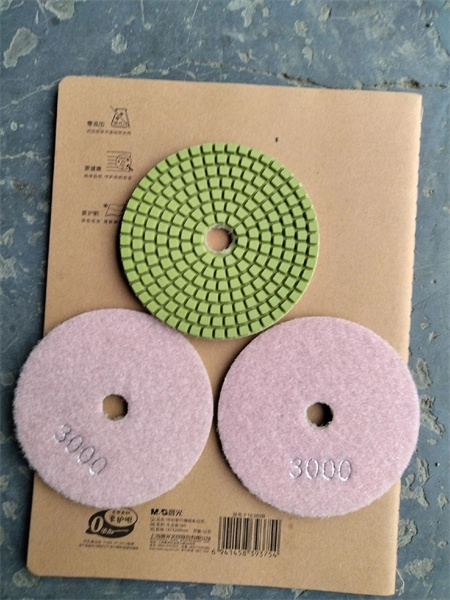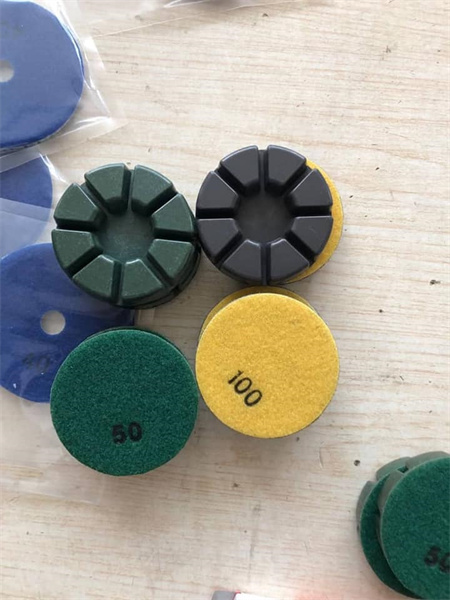Comparing Wet and Dry Diamond Pads for Stone Care
When it comes to maintaining the natural beauty of stone surfaces—whether granite, marble, or limestone—diamond pads are among the most effective tools. These pads, designed for polishing, grinding, and cleaning, come in two main varieties: wet and dry. Each type has its own unique characteristics, benefits, and best-use scenarios. If you’re looking to choose between the two for your stone care needs, it’s important to understand how each works and what they’re best suited for.
The key difference between wet and dry diamond pads lies in their method of use and the resulting effect on the stone surface. Wet diamond pads, as the name suggests, require water to function properly, while dry pads operate without any moisture. This seemingly small distinction has a significant impact on performance, durability, and the overall finish.
Wet Diamond Pads: Smooth, Cool, and Efficient

One of the most notable advantages of wet diamond pads is their ability to produce a smoother finish. The water helps wash away debris and dust that can interfere with the polishing process, leaving behind a clean and polished surface. This can be crucial when working with high-end stones, where the quality of the finish is essential. For instance, granite countertops or marble floors benefit from the use of wet pads, as they create a lustrous, smooth finish that enhances the natural beauty of the stone.
Wet pads also tend to last longer than dry pads because the water acts as a cooling agent, preventing the pads from wearing down too quickly. In addition, wet pads are often more effective at handling the initial grinding stages of stone care, especially for rougher or uneven surfaces. If you’re working on a large-scale project, such as resurfacing a floor or countertop, wet diamond pads are the more efficient choice.
Dry Diamond Pads: Convenience and Versatility

Dry pads are also known for their versatility. They can be used in a variety of stone applications, from polishing to honing to light grinding. While they may not deliver the same level of smoothness as wet pads, dry pads still provide a decent finish for many types of stone. For example, when polishing concrete floors or treating stone that isn’t as sensitive to heat, dry pads can be highly effective. Additionally, because they don’t require water, you avoid the need for cleanup and potential water-related damage.
Another advantage of dry pads is their ability to be used in conjunction with a wider range of tools. Dry diamond pads are compatible with handheld grinders, rotary tools, and even some polishing machines, making them versatile and easy to integrate into your existing stone care routine.
Choosing the Right Pad for Your Project
The choice between wet and dry diamond pads ultimately depends on the specific needs of your stone care project. For heavy-duty tasks such as grinding or aggressive polishing, wet pads are usually the better option. They provide a higher level of cooling, a smoother finish, and longer-lasting results. If you’re working with delicate stones or need to tackle large or uneven surfaces, wet pads will likely deliver superior performance.

Ultimately, knowing when to use each type of pad—and understanding their respective strengths—will help you achieve the best results for your stone surfaces. Whether you choose wet or dry pads, both can play a vital role in maintaining the elegance and durability of your stone countertops, floors, and other surfaces. By selecting the right pad for the job at hand, you’ll ensure that your stone remains beautiful and well-maintained for years to come.